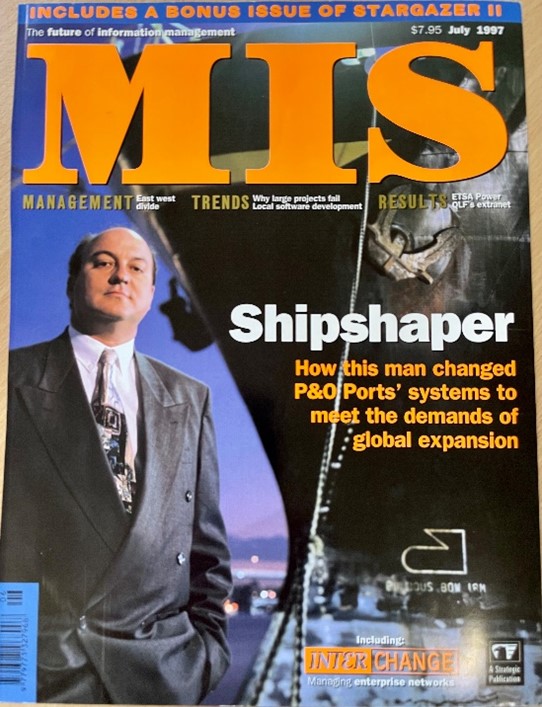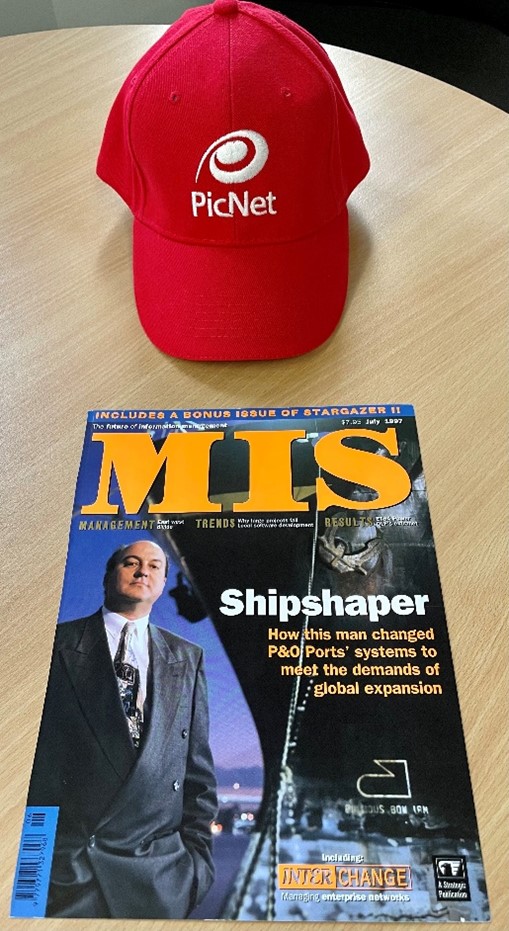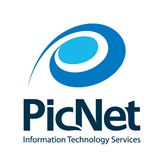Modern Enterprise Systems Architecture
by Marco Tapia
in advisory-training,business,infrastructure-as-a-service,it-infrastructure,it-management,it-support,management-it-consulting,management-and-it-consulting-blog,software-as-a-service,software-engineering,
June 21, 2021
Introduction
The world has changed.
Technology has changed.
Twenty-five years ago, we did not have the internet. Now, we could not live without it.
Enterprise systems used to be large, clunky, expensive, slow, fragile, difficult to maintain, upgrade and replace. However, they used to be the only viable alternative for enterprises to have business systems to improve productivity. Sophisticated vendor management specially on a global configuration was paramount.

1) The old way: One enterprise large system
The only option available for companies was one large enterprise system, that runs everything (warehouse, HR, Payroll, Finance, security, access, ordering, planning, etc)
24 years ago, it was the best possible strategy. One large system from one vendor, able to run most of your business, everywhere around the world, with expensive hardware, software and soon to be obsolete technology. The internet was on its infancy.! Client-Server architecture was the name of the game.
The features of this architecture was:
- One large system
- Normally very poor UI
- Extremely hard to replace
- Difficult to learn
- Expensive and extensive training
- Tied up to one vendor for 10-20 years
- Long (multi-year) and expensive implementation
- Implementation normally late
- Implementation normally above budget
- Substantial capital expenditure
- Normally unhappy users
- Multi-site, multi-country and a large heard office
- Expensive and difficult to maintain, upgrade and support.
- Expensive software, hardware and skills
- Large IT hardware and support structure
- Provided though a one version of the true
- Well integrated (it was one system)
- Comprehensive need of backups
- Need expensive DRP (disaster recovery plans)
- High risk exposure to cyber attacks or data breaches. One system, one database, multiple function. One attach cripples the whole operation of a company.
2) The new way – Multiple, well integrated, SaaS solutions
As the internet became more prevalent and as technology has evolved significantly with new public cloud architectures, new development and database tools, new reporting and multitenant capabilities; the new and best way to deploy enterprise systems is not one large system but instead, a number of small, SaaS subscription-based, low-cost software, best in class systems for each functionality required.
Features:
- Multiple logins, multiple user/passwords controlled either by a single sign on solution (like Okta) or by an enterprise security and sign in solution with MFA e.g Lastpass
- If integrated correctly, each system talks to each other via an Integration tool (like Microsoft Azure Integration Services)
- If done incorrectly, each system talks directly to another (spaghetti integration), prone to high maintenance and break downs
- Easy to install (small systems)
- Subscription based (low recurrent fees) i.e. Opex not capex
- No server hardware
- Reliance on the internet
- Normally doesn’t need DRP
- Backups normally controlled by vendors (experts)
- Easy to upgrade, support, learn and replace
- Vendor size risk – small vendors can go out of business… but system can be replaced easily as well.
- Lower risk exposure to cyber-attacks or data breaches. Multiple systems in place hence one attach or data breach is likely to affect only a portion of the business.
The way to go:
In 2021, PicNet remains a leader of IT strategic thinking.
PicNet has the capabilities to understand your business, research best SaaS solutions for you, create an integrated architecture, integrate those systems using modern integration tools, deploy and reap the productivity and financial benefits of the new enterprise architecture deployed.
PicNet, 20 years in business keeping up with all the major technological changes for the benefit of the enterprise.

Increasingly complex technologies require increasingly specialised expertise.
MARCO TAPIA - IT Consulting Services Advisor

